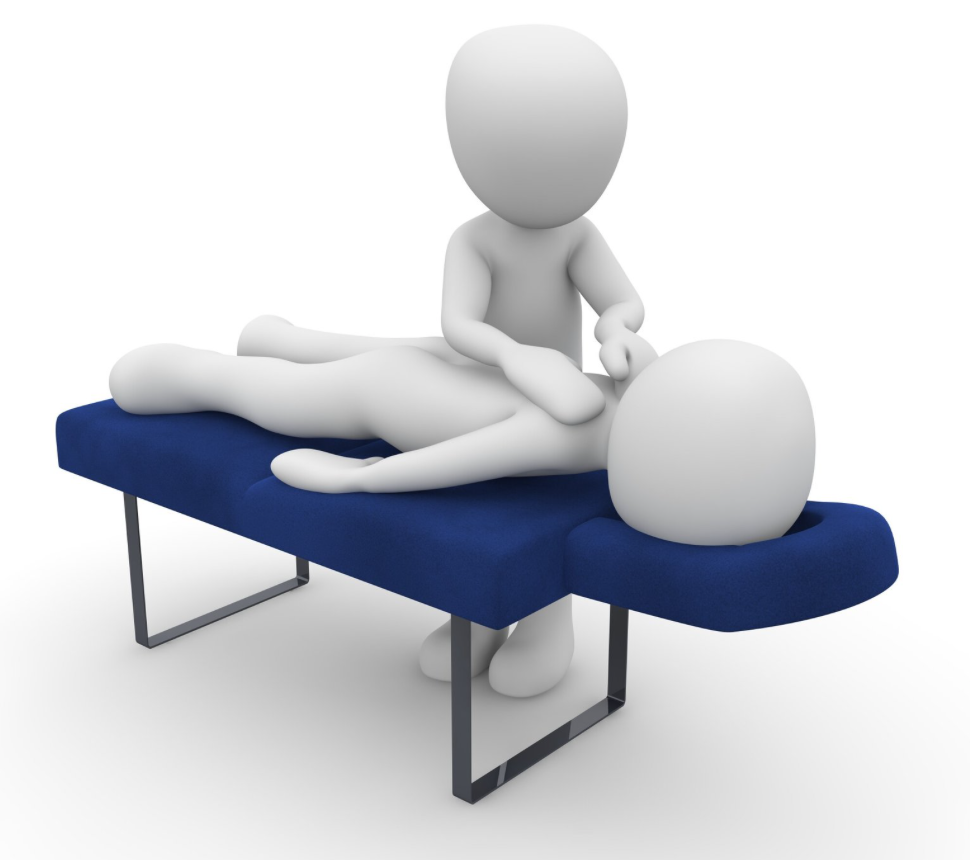Physical therapy stands as a crucial pillar in the rehabilitation and improvement of physical function and mobility. It encompasses a wide range of modalities and techniques, each designed to address specific conditions and patient needs. From managing acute injuries and post-surgical recovery to treating chronic conditions and promoting general physical well-being, the spectrum of physical therapy is broad and varied.
In this section, we will explore the different types of physical therapy, shedding light on how each modality works and the unique benefits they offer. Through understanding these distinct approaches, patients and healthcare providers can better select the most appropriate type of therapy for their specific situation, leading to more personalized and effective treatment plans.

Manual Therapy
Manual therapy is a hands-on technique where physical therapists use their hands to manipulate muscles and joints, aiming to decrease pain and enhance mobility. This approach includes massage, mobilization, and manipulation. Manual therapy is particularly effective for conditions like back pain, osteoarthritis, and neck pain, offering relief and increased function without the need for medications or surgery. Patients undergoing manual therapy can expect a tailored session based on their specific condition.
The therapist’s skilled touch can help reduce tissue inflammation, increase range of movement, and promote tissue healing. This form of therapy not only aids in physical recovery but also provides a therapeutic effect that can improve overall well-being. When it comes to how long the therapy will last, it will depend on various factors such as the severity of the condition and the individual’s response to treatment. You can click here, or do some research online to find out more about the duration and effectiveness of manual therapy for your specific condition. Remember, manual therapy requires a licensed practitioner for safe and effective treatment.
Sports Physical Therapy
Specifically designed for athletes and individuals with sports-related injuries, sports physical therapy focuses on rehabilitation, prevention, and performance enhancement. Therapists utilize exercises, resistance training, and agility training to help patients recover from injuries and improve their athletic performance. Techniques might also include taping and bracing, designed to protect the injured area and support recovery.
Athletes benefit from a sports-specific therapy program that not only targets injury recovery but also focuses on preventing future injuries by strengthening relevant muscles and improving flexibility. This proactive approach helps athletes return to their sport faster and at their peak performance level, making sports physical therapy invaluable for anyone looking to overcome sports-related setbacks.
Pediatric Physical Therapy
Pediatric physical therapy is specialized to cater to infants, children, and adolescents, addressing a range of conditions from developmental delays and injuries to congenital disabilities. Therapists employ playful and engaging techniques to improve motor skills, balance, and coordination in a child-friendly environment, making therapy sessions both fun and therapeutic.
The goal of pediatric therapy is not just short-term improvement but laying a foundation for long-term health and physical activity. Early intervention is crucial, as it can significantly impact a child’s developmental trajectory, helping them achieve milestones and enhancing their quality of life.
Neurological Physical Therapy
This modality focuses on individuals suffering from neurological disorders or conditions, such as stroke, multiple sclerosis, Parkinson’s disease, and spinal cord injuries. Neurological physical therapy aims to improve function, reduce symptoms, and improve the well-being of patients. Through a variety of exercises and activities tailored to the patient’s abilities and needs, therapists work to restore movement, balance, and coordination.
The adaptability of the human brain allows neurological physical therapy to be particularly beneficial, as it can lead to noticeable improvements in patients’ function and independence. Continuous therapy can assist in retraining the brain to control body movements and functions, offering hope and improved quality of life to those affected by neurological conditions.
Geriatric Physical Therapy
Geriatric physical therapy is geared towards older adults, addressing conditions that affect people as they age, such as arthritis, osteoporosis, Alzheimer’s disease, hip and joint replacement, balance disorders, and more. The primary goal is to enhance mobility, reduce pain, and increase overall fitness levels, thereby improving an individual’s ability to perform daily activities.
Through a mix of strength training, balance exercises, and flexibility activities, geriatric physical therapy can play a crucial role in preventing falls, managing pain, and improving the quality of life for older adults. Therapy sessions are designed to be gentle and effective, accommodating the unique needs of the elderly population, and ensuring that they can live more independently and with less discomfort.

In conclusion, physical therapy encompasses a diverse array of modalities and techniques, each tailored to meet the unique needs of different patient populations. Whether it’s aiding in the recovery process of athletes through sports physical therapy, facilitating the development of children with pediatric therapy, or enhancing the functionality and quality of life for older adults with geriatric physical therapy, the field is equipped to address a wide spectrum of physical health challenges.
The inclusion of specialized areas like manual therapy and neurological physical therapy further emphasizes the adaptability and comprehensive nature of physical therapy as a crucial component of modern healthcare. Understanding the specific benefits and approaches of each type allows patients and healthcare providers to make informed decisions, leading to more effective and personalized care plans.






